Top speed 311 km/h Wingspan 28 m First flight November 1946 | Range 1,022 km Length 23 m | |
Unit cost 200,000–200,000 USD (1945) Engine type Pratt & Whitney R-2800 Double Wasp | ||
The Martin 2-0-2 was an airliner introduced in 1947. The twin piston-engined fixed-wing aircraft was designed and built by the Glenn L. Martin Company.
Contents
- Design and development
- Operational history
- Variants
- Operators
- Accidents and incidents
- Specifications Martin 2 0 2
- References
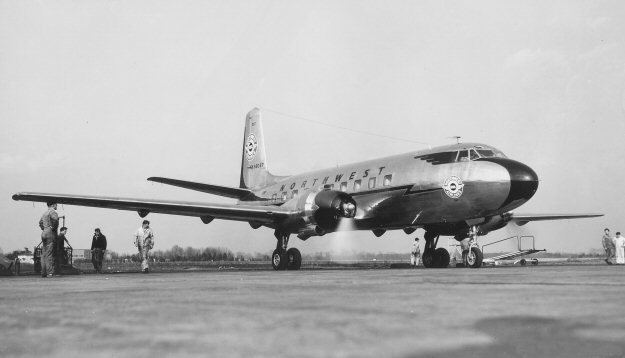
Design and development
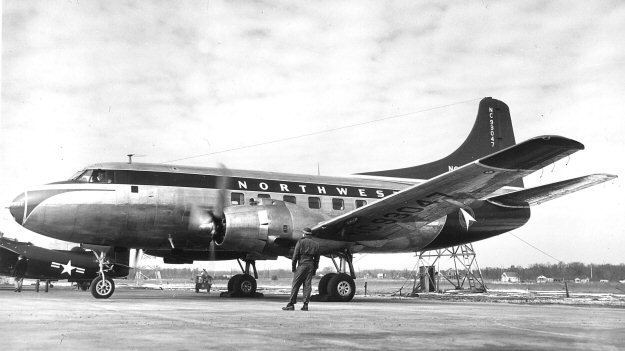
Glenn L. Martin, president of the company, intended that the Model 2-0-2 would be a replacement for the Douglas DC-3. It was also known as the "Martin Executive".
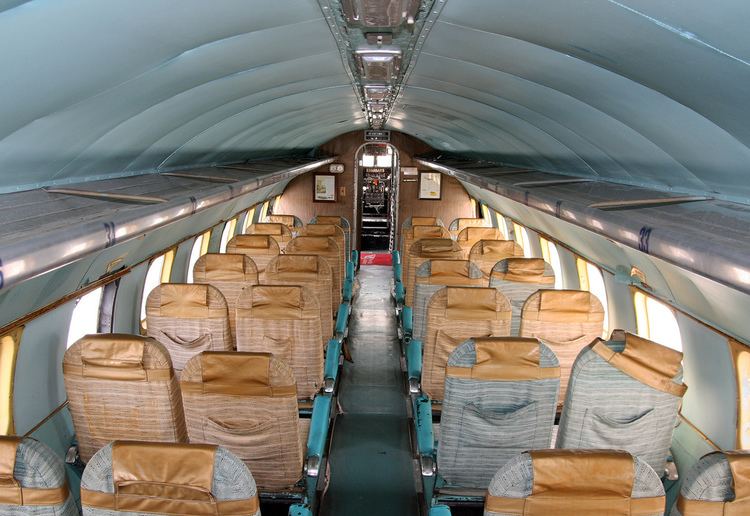
The first flight of the model was in November 1946. Full civilian certification was gained in August 1947. This was several months before competing aircraft types. The total production of 2-0-2 and 2-0-2A was 47 aircraft.
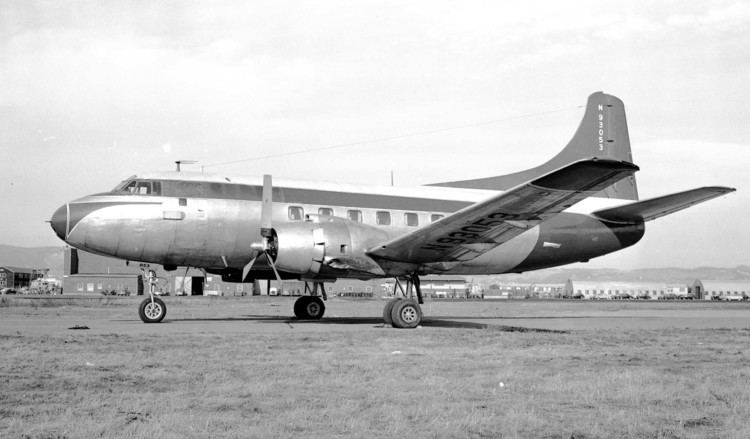
The aircraft was not pressurized, but was considered a long-range airliner. The fatal crash in 1948 of Northwest Airlines Flight 421 revealed a serious structural problem in the wings. Structural metal fatigue was the problem in a major wing spar. Alloy 7075-T6 was used, which is susceptible to stress-corrosion cracking and low toughness. The airliner was grounded and modifications were made. The wing components were redesigned and the engines replaced. The changed type was designated the Martin 2-0-2A.
Operational history
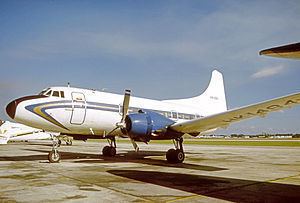
On November 13, 1945 Pennsylvania Central Airlines purchased a fleet of 35 Martin 2-0-2s from the Glenn Martin Company for $7,000,000. Two weeks later, Colonial Airlines announced that they would purchase 20 airplanes for $4,000,000, scheduled for delivery in 1947. Early in the next year, Martin announced that Pennsylvania Central Airlines had ordered 15 more 2-0-2s, bringing the total aircraft on order in early January 1947 to 137 aircraft, with a sales value of $27,000,000. Despite the announcement of these large orders, the contract terms allowed the airlines to cancel them without any penalty. The 2-0-2 was unpressurised, unlike the competing Convair 240. Therefore, as delays in production built up, all airlines except Northwest, TWA, LAN, and LAV cancelled their orders and only 31 2-0-2s and 12 2-0-2As were actually delivered to the airlines. The first scheduled flight was on Northwest between Minneapolis and Chicago on 13 October 1947.
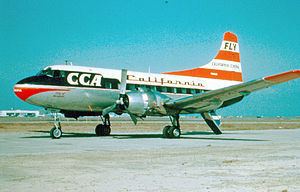
The 2-0-2 was the first airplane subjected to the CAA's then new 'Accelerated Service Test', introduced May 15, 1947. In this test, an airliner was to undergo a rigorous 150-hour test, attempting to squeeze one year's service into a week to 10 days of flying. The 2-0-2 made such a test visiting about 50 cities in 7 days. At each city, comprehensive inspections were made of the aircraft systems to assess how wear or malfunction would occur.
TWA and Northwest, initial customers of the 2-0-2, eventually sold theirs to California Central and Pioneer Airlines. Later, Allegheny Airlines acquired many of the 2-0-2s as part of the company's expansion plans, beginning June 1, 1955. Eventually, they acquired a total of 18 aircraft.
Only one of this type of aircraft is known to survive, at the Aviation Hall of Fame and Museum of New Jersey.
This airliner was eventually developed into the Martin 4-0-4, which was more successful.
Variants
The Martin Company designated the following quantities for the airlines (though not all were built), listed by Martin Model number:
Operators
♠ original operators
Accidents and incidents
The Martin 2-0-2 had 13 hull-loss accidents and incidents of which nine were fatal accidents.
Specifications (Martin 2-0-2)
Data from Jane's All The World's Aircraft 1951–52
General characteristics
Performance
